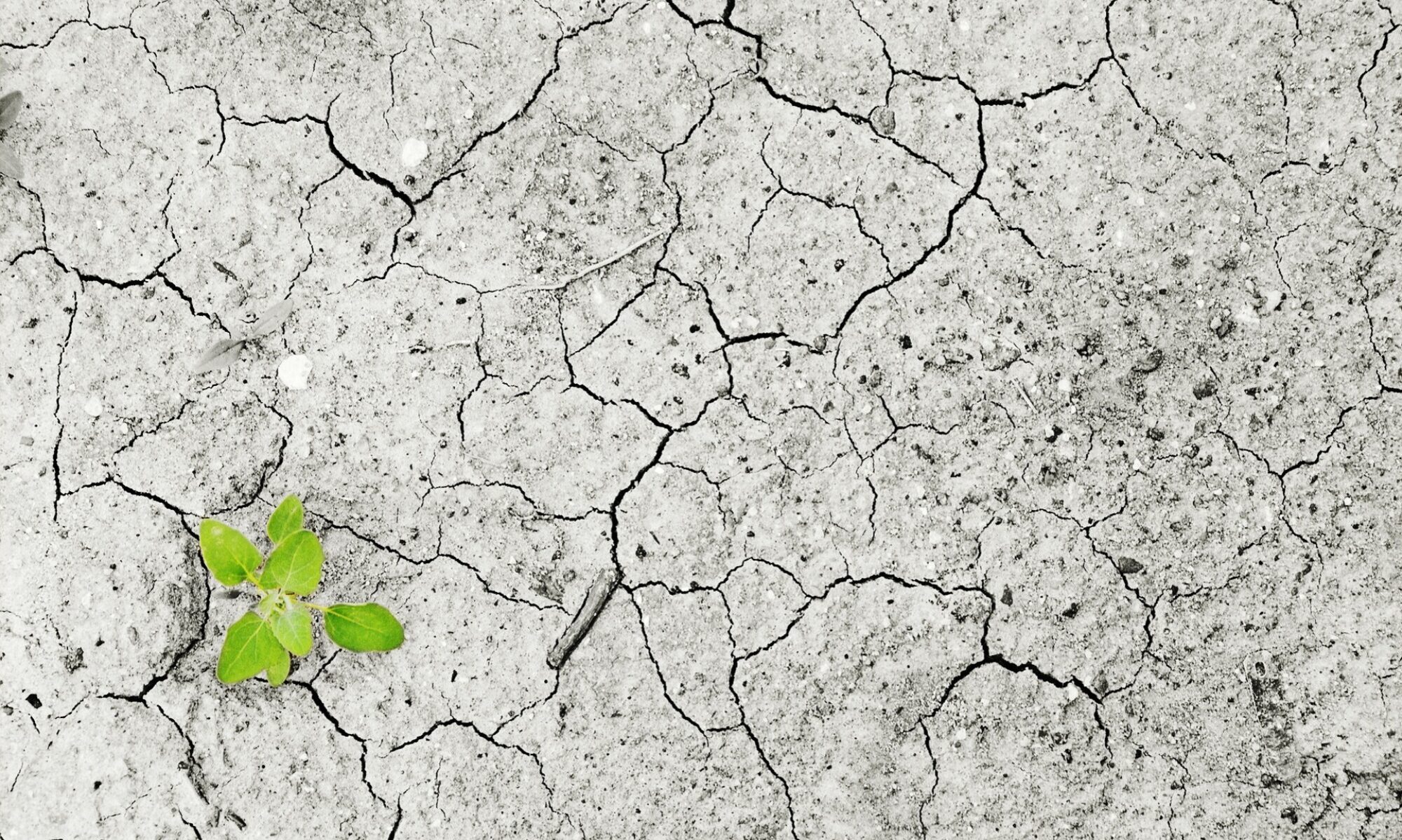12 September 2022 – Darina Kalamova
One million people have been internally displaced in Somalia since January 2021 when an unprecedented drought began. The Humanitarian Coordinator for Somalia, Adam Abdelmoulа, stated that more than seven million people – nearly half of Somalia’s population – will experience its effects by the end of 2022.
What is Happening?
Food prices have risen sharply and many people cannot afford essential products such as water and wheat. More than three million animals, crucial to Somalia’s economy, have died and crop production has substantially dropped due to low levels of precipitation.
This has forced many people living in rural areas to leave their homes behind and seek refuge in urban regions and displaced persons camps. In fact, after another failed growing season, a spike in displacement was recorded in June and July 2022.
Famine Warnings
Experts are concerned that a fifth failed rainy season is very likely. This, in combination with the loss of livelihood, is increasing the possibility of famine and health risks for the population. 213,000 Somalis are reported to be living in famine-like conditions with no access to basic necessities.
Children are most vulnerable because malnutrition can reduce their physical and mental development. Heartbreaking data shows that around 1.5 million children under the age of 5 face acute malnutrition, with over 380,000 likely to experience severe malnourishment. According to the UN Children’s fund, drought-related malnutrition has already led to the deaths of 500 children.
The UN humanitarian chief, Martin Griffiths, warned that two districts of Somalia are in imminent danger of famine and thousands are at risk of losing their lives. He stressed the urgency of the situation and compared the current disaster to the famine of 2010-2011 when more than 200,000 people died. He called for more humanitarian aid and additional funding for the affected areas.



